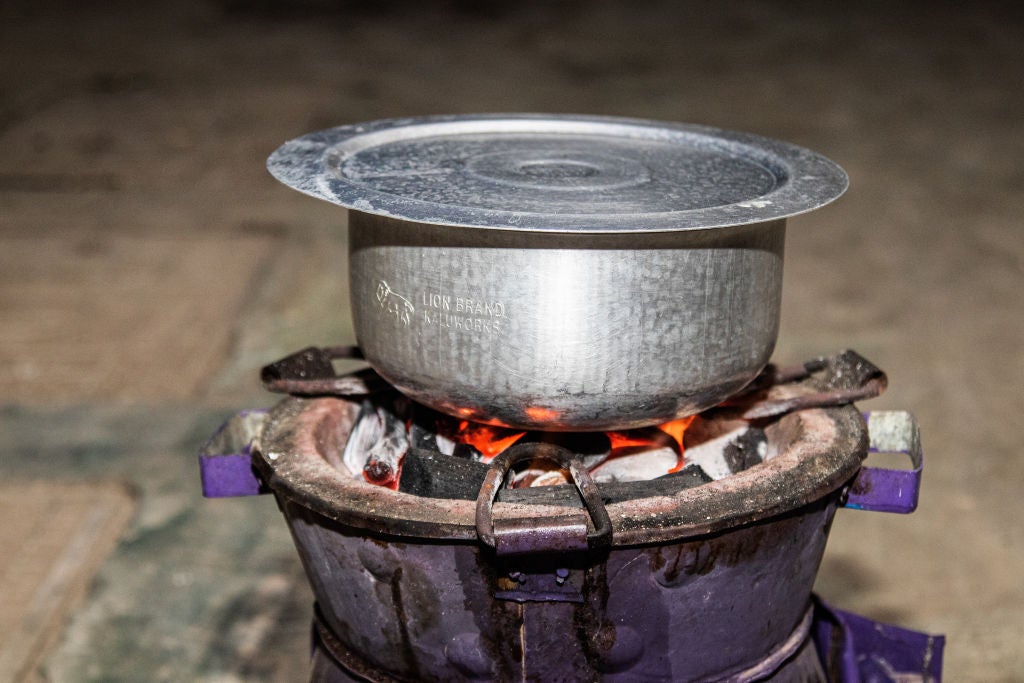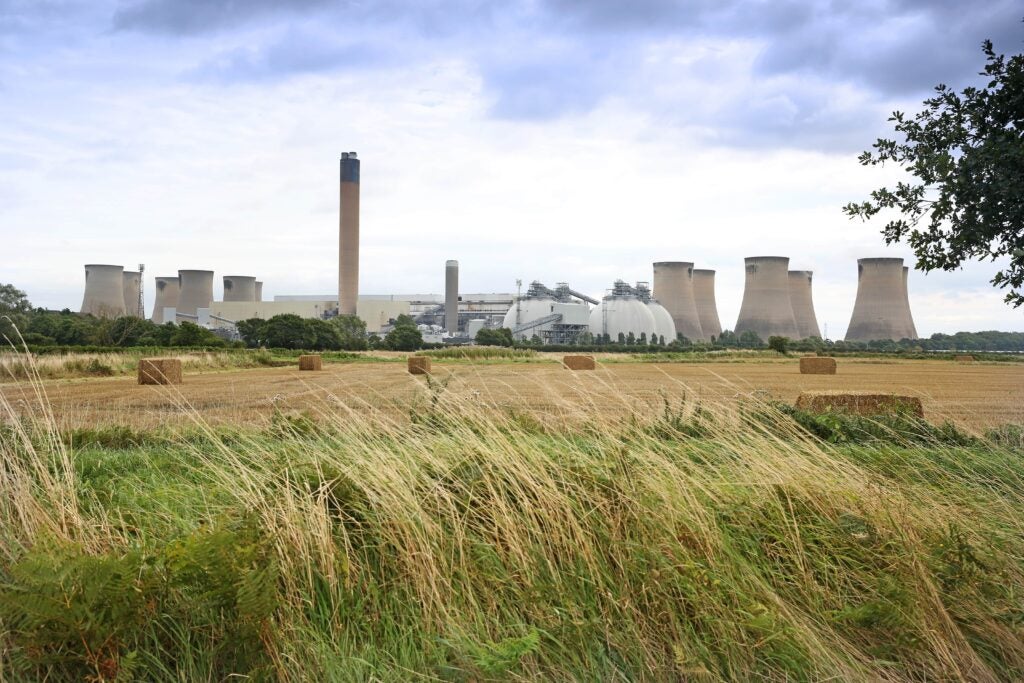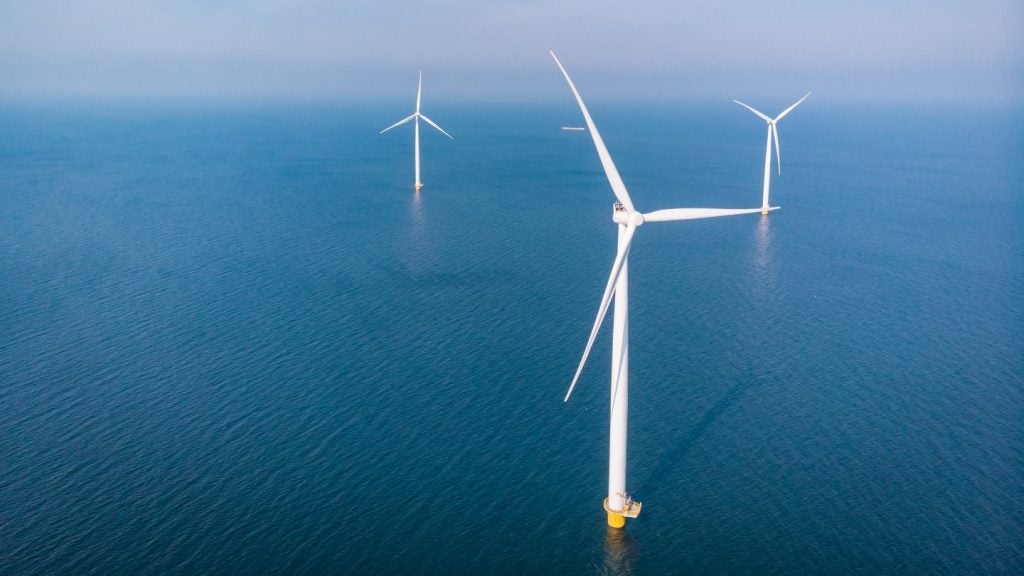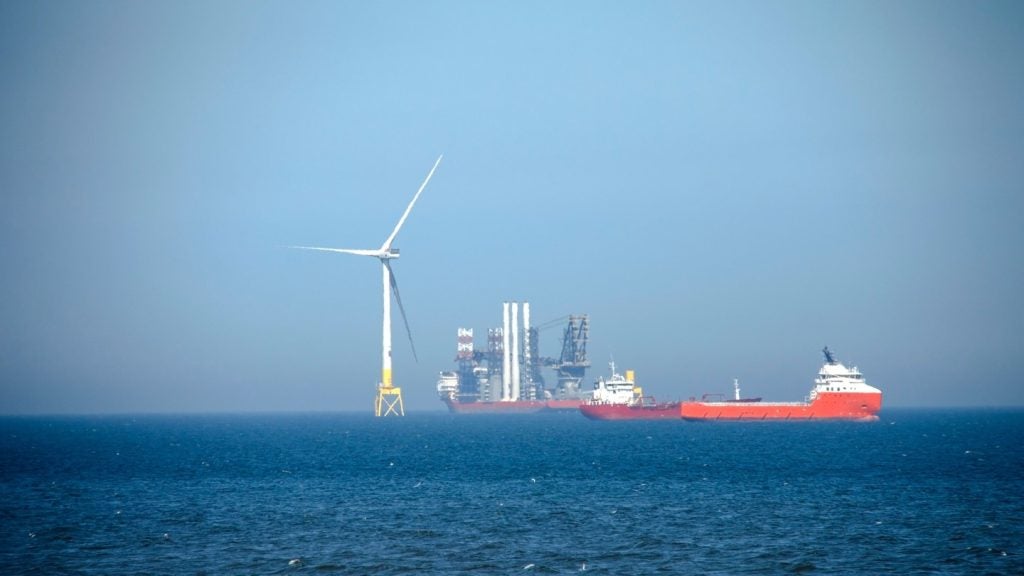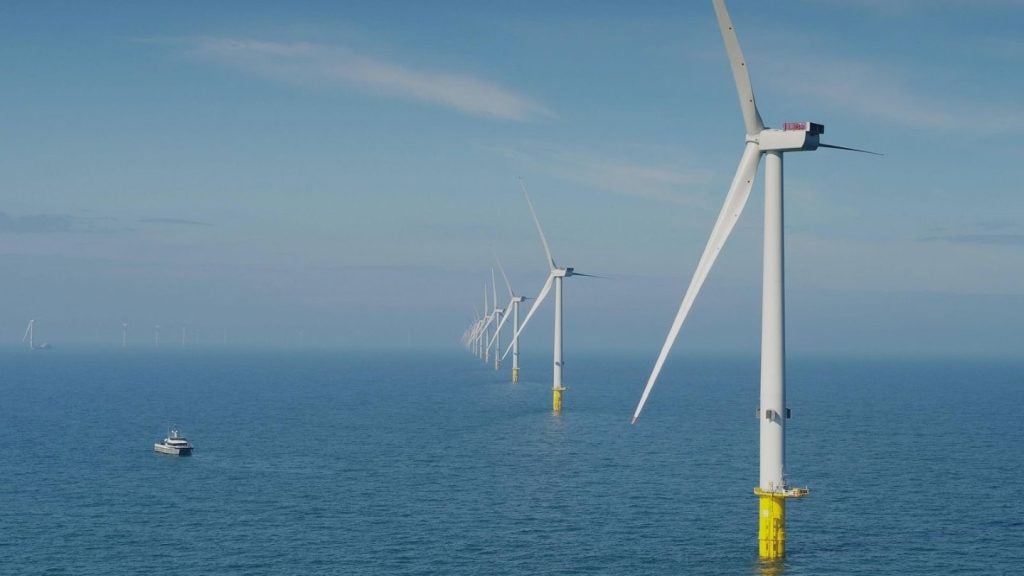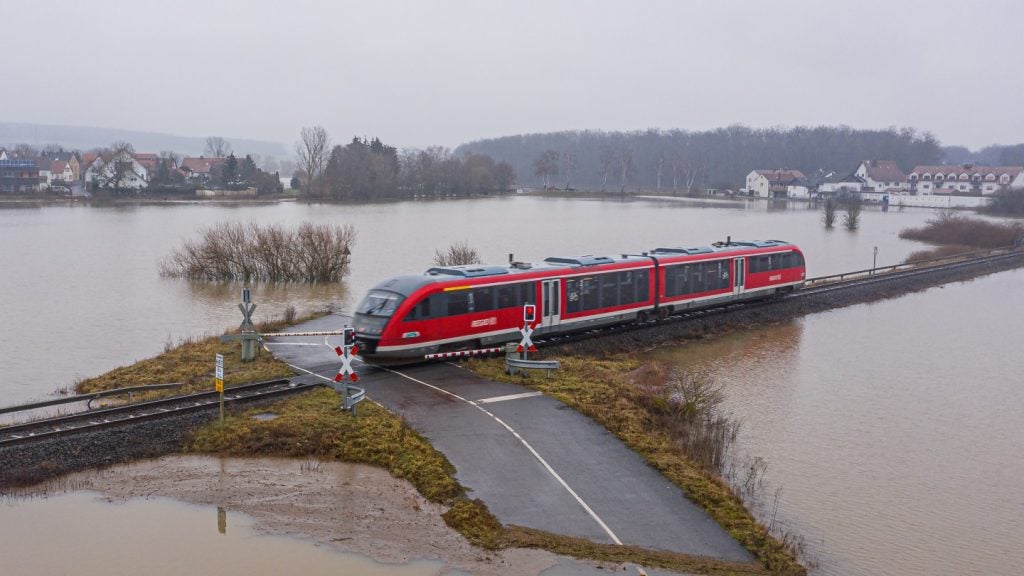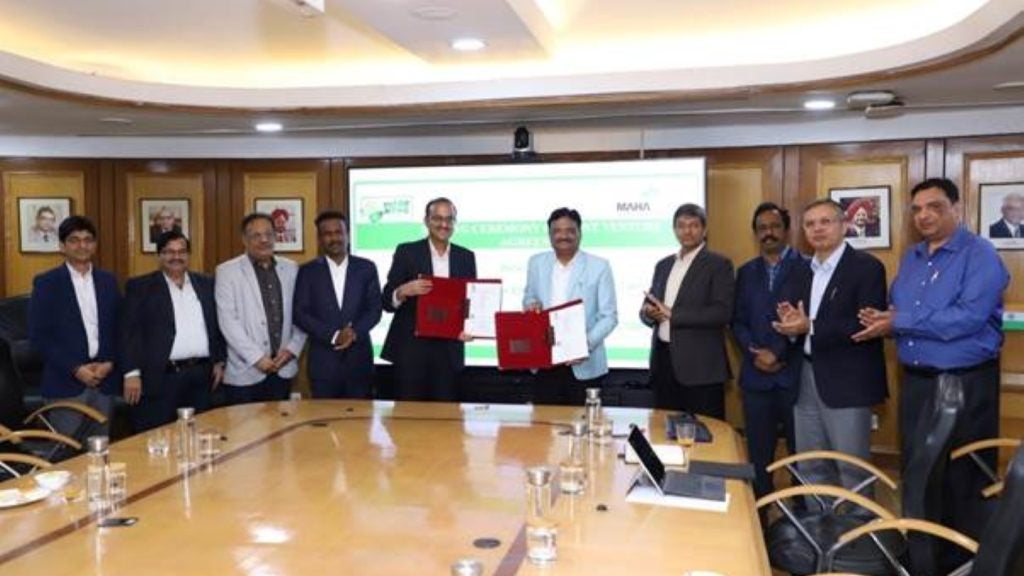In Africa today, four-out-of-five people continue to cook their meals over open fires. Globally, around 2.3 billion people are burning charcoal, wood, animal dung or other polluting fuels to cook their food, with dire impacts on health, gender equality and the environment. Yet clean cooking's prospects are better than ever, as governments and companies see the economic as well as human potential.
Pollution from burning dirty fuels for cooking contributes to 3.7 million premature deaths annually, with women and children the most vulnerable. The process of cooking on an open fire – which involves collecting fuel like firewood and keeping the fire alight throughout the day – prevents women and girls from accessing education, earning a wage or doing other work that could lead to financial autonomy. Indeed, households without clean cooking spend an average of five hours per day collecting fuel and cooking, according to the International Energy Agency (IEA), while demand for firewood and charcoal means that an area the size of Ireland is deforested each year.
“When I was a child in my grandmother’s house, I remember that this was how she cooked, and there was literally just smoke pouring out at you in all directions,” explains Ranil Dissanayake, a senior research fellow at the Center for Global Development (CGDev). Modern solutions, Dissanayake adds, include electric stoves that might rely on solar panels on the roof, or using cleaner-burning solid, liquid or gaseous fuels.
“Traditionally, though, policy has been lacklustre at rolling out new technology, and it has proved hard to change people’s behaviour in a way that involves investing in a stove that has a high upfront cost,” says Dissanayake.
Clean cookstoves at the top of the agenda
The global policy landscape around clean cooking has changed considerably in the past year, however.
“I would say we have succeeded in moving the issue to the top of the energy agenda. There is finally wide awareness and recognition of this challenge,” says Caroline Ochieng, finance specialist at the think tank Sustainable Energy For All (SEforAll).
“Clean cooking is finally being prioritised,” agrees Ochieng’s colleague at SEforAll Mikael Melin. “Policymakers and companies are realising that the two billion people without access to clean cooking are a massive business opportunity – as well as a solvable problem.
“There is also an ever-growing acknowledgment that the fact nearly four million people die each year from unhealthy cooking practices is completely unacceptable, as is the deforestation.”
Momentum on clean cooking solutions has built at key events in the energy and sustainable development calendar over the past year. These include the inaugural Africa Climate Summit and COP28 in Dubai, where the hosts put great emphasis on decarbonising food systems and representatives from 26 countries launched the African Women Clean Cooking Support Programme, which aims to provide clean cooking equipment to 250 million women by 2030.
This spring, the IEA is set to host its inaugural Summit on Clean Cooking in Africa, which it describes as “a turning point for progress on ensuring clean cooking access for all”. It will be hosted by President Samia Suluhu Hassan of Tanzania, Prime Minister Jonas Gahr Støre of Norway and IEA executive director Fatih Birol, and is expected to generate significant new funding.
“Clean cooking solutions is a great example of where different Africa-focused organisations have managed to leverage the COP agenda to shine a light on a critical issue we have actually known about for decades,” says Paul Walton, director of the Africa-Europe Foundation. “As a result, clean cooking is finally getting the attention it needs from Europe and other wealthy actors, and in 2024 we expect to see major movement in terms of financial investment.”
The release of a special report on clean cooking from the IEA in 2023 has also mapped out for the world’s policymakers just what decarbonising cooking looks like. It offers a country-by-country look at how nations can decarbonise cooking by 2030, identifying the required policies, technologies, investments and implementation efforts.
Some 300 million people would need to gain access to cleaner cooking solutions every year to ensure universal access by 2030, details the report, at a cost of $8bn annually – less than 1% of what governments spent subsidising energy bills during the 2022 global energy crisis. The shift could be handled by existing infrastructure in most regions, although sub-Saharan Africa would require large-scale expansion of fuel distribution services and liquid petroleum gas infrastructure.
By 2030, some 2.5 million fewer people would die from air pollution each year, says the IEA, while the average impacted household would save nearly 1.5 hours a day from the shift. The 1.5 gigatonnes of CO₂ saved each year would be equivalent to the CO₂ emitted by planes and ships in 2022.
SEforAll’s Ochieng cites two critical drivers for countries to turn the IEA’s recommendations into reality. “Clean cooking solutions need to be understood not just as charity but also as a business opportunity,” she says. “Governments also need to take ownership of the problem, and develop their own clean cooking strategies that allow for things like investment from the private sector and technology imports.”
One organisation that has successfully leveraged a comparatively amenable policy environment to develop a lucrative business opportunity is the Kenya-based clean cookstove provider KOKO.
KOKO has developed a compact bioethanol cooking stove for the Kenyan market, which burns ethanol produced from sugarcane grown in the country. The fuel is supplied to households via a network of KOKO Fuel Points in residential areas in eight cities, developing bespoke distribution methods to navigate the narrow streets of slums. The company now has some 925,000 customers in Kenya and is set to roll out its product in Rwanda.
“KOKO’s innovation is not the stove itself, but the business model,” says Ochieng. “One of the main challenges has always been developing ways for clean technology to actually reach homes, and KOKO has achieved this by [re]using existing infrastructure, which used to be used for kerosene fuel.”
Searching for cheaper solutions
While there are individual success stories and growing policy recognition of both the importance and solvability of the clean cooking challenge, a huge amount of work still needs to be done to meet it.
“The statistics are still terrible in so many places: some countries only have a 5% clean cooking access rate,” says Ochieng. A key barrier, she adds, remains affordability. “So long as poverty remains high, then people will continue to go for the cheapest and most convenient solution, which is nearly always traditional cooking,” she says.
CGDev’s Dissanayake agrees. “One thing that will always help tackle this – and all development challenges – is people getting richer,” he says. “People’s lived environment and health becomes a much bigger deal for people when they get wealthier.”
Dissanayake is nonetheless optimistic that sweeping statements from governments and organisations at conferences like COP28 can make a difference.
“When we put our minds to them, we can get the global policy discussions to make massive changes,” he says. “A classic good example of this is the phase out of HFCs [hydrofluorocarbons], which was all done at global summits.
“Cookstoves are, however, much more complicated than HFCs: it is not about centrally designed regulation but about how things operate on a local level. You can’t just ban them; you need to find solutions that are locally attractive.”
Leveraging carbon finance for clean cooking
One key way of helping make clean cooking more affordable is by leveraging carbon finance, which can be used to subsidise the cost of new cooking technologies.
KOKO’s business model generates carbon credits for the carbon saved through avoided deforestation; the company sells them “on both voluntary and compliance markets but mainly to compliance markets”, says Greg Murray, KOKO co-founder and CEO. An example of a compliance market where KOKO has sold credits is the Korean emissions trading scheme, a cap-and-trade scheme now accepting international carbon credits under Article 6 of the Paris Agreement.
The profits from the carbon credits help subsidise the stoves. “We are mainlining carbon profits in the wallets of our customers in the form of high subsidies on the cost of the bioethanol that they purchase,” says Murray. “This has allowed us to supercharge the switch to bioethanol, with 10,000 new homes per week coming onto our platform.”
Carbon finance in the context of clean cooking solutions has, however, not been without its controversies.
A study published in January found that clean cookstove carbon offset projects are likely to be overstating their climate benefit by an average of around 1,000%. “Comprehensively assessing the five major cookstove offset methodologies, we find that our sample of 40% of the market is 9.2 times over-credited. Extrapolating to the entire market, we find roughly ten-times over-crediting,” said lead author, Annelise Gill-Wiehl, from the University of California, Berkeley.
Industry players are insistent, however, that correctly applied carbon financing remains a vital tool for the rollout of clean cooking solutions.
“The world will not reach net zero without addressing clean cooking access, and the cooking crisis – like climate change – will not be solved without carbon finance,” a spokesperson from the Clean Cooking Alliance (CCA), a global non-profit working in coordination with the UN, told Energy Monitor. “CCA’s latest industry trends report found that more than 20% of the record $100m in clean cooking companies’ revenue in 2022 came from carbon credits.
“Despite these upward trends, clean cooking remains dramatically underfunded, receiving less than one percent of the resources needed to address this global crisis. The carbon market is a potential game-changer to help fill this gap.”
SEforAll’s Melin acknowledges that studies such as that published this year are “not helpful” to the cause but adds that ultimately, even when the results are negative, they can be framed in a way that is positive in a practical sense.
“It is good that things are being studied, and there is a lot of exciting guidance notes and standards being established to ensure carbon financing is being utilised in the most effective way possible”, he says. “The key thing is that if something like this comes out, it cannot be framed that clean cooking solutions are themselves a bad idea. Instead, it has to always be constructive criticism that can help us find optimal solutions”.


